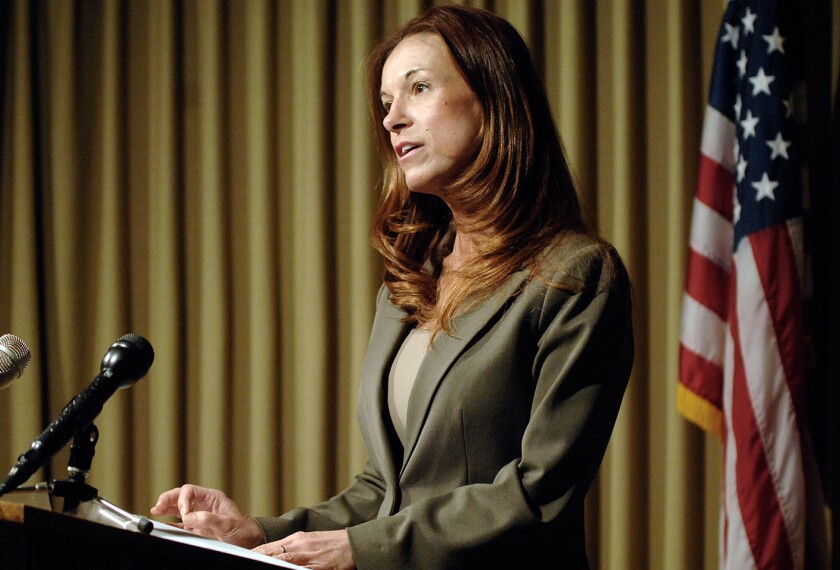Includes updates and/or revisions.
A by the federal What Works Clearinghouse of an intervention for adolescent literacy finds that a popular computerized reading program has “potentially positive effects” on student achievement.
The analysis, released yesterday, examines the impact of Read 180, developed by Scholastic Inc.
Out of 101 studies on Read 180 that were reviewed, the clearinghouse found seven that met its standards, although “with reservations.” On the basis of the seven studies, the clearinghouse concluded that evidence for the impact of the curriculum is medium to large for reading comprehension and general literacy achievement.
None of the seven studies examined the effectiveness on alphabetics or reading fluency.
“The What Works Clearinghouse, which has an incredibly high standard, has done independent research and has confirmed what we’ve been saying: that this program can help your kid have success when it is implemented with fidelity,” said Margery Mayer, the president of the education division of Scholastic, based in New York City.
“It’s tough criteria,” said Michael L. Kamil, a reading expert at Stanford University, “but when you look at the numbers, it’s not a big effect.”
He added: “For $30,000 a classroom, we ought to be doing better than that. This is a program where they throw everything at the wall and they get a little bit back.”
Read 180 is a 90-minute instructional model used in about 13,000 classrooms, according to Scholastic.
The clearinghouse explains that Read 180 is composed of 20 minutes of whole-group instruction, followed by 60 minutes of student rotation through three different activities and 10 minutes of wrap-up discussion with the whole class. The three activities in the middle of the 90 minutes are small-group instruction featuring a teacher working with individuals; independent use of a computer program on reading skills; and independent reading of Read 180 books or audiobooks.
‘What Are We Testing?’
The analysis by the clearinghouse is the second federal study released this month that shows an effect on student reading achievement for Read 180. The first was an evaluation of the second year of implementation of , the federal government’s only reading program focused on adolescent literacy.
The Striving Readers found that Read 180 had an effect on student reading achievement at one of four sites where it was used either as the primary reading curriculum or supplementary curriculum for struggling readers. It found a statistically significant impact of the program on student achievement in juvenile-correction facilities run by the Ohio Department of Youth Services.
Henry M. Levin, a professor of economics and education at Teachers College, Columbia University, conducted a cost study of Read 180 in 2005, published by the International Reading Association in the book .
Mr. Levin said in an interview that Read 180 requires a lot of changes in schools, such as limiting reading classes to no more than 15 students. In interpreting the What Works Clearinghouse analysis, he observed: “If you find a result, is it the curriculum or this dramatic increase in reading time and smaller classes [that produces an effect]?”
The same question, he said, could be asked for evaluations of other reading programs, such as Success for All. Mr. Levin added: “It’s like taking a sponge cake and soaking it with brandy, and people say, ‘You made a delicious cake.’ What are we testing here?”
A spokeswoman for Scholastic said the sum of $30,000 per classroom that Mr. Kamil mentioned is a “ballpark figure” one-time cost of implementing READ 180 which covers 60 students, or four classes of the recommended 15 students per class, for as long as the district uses the program.
Mr. Levin’s study of three sites with Read 180 found that the cost ranged from $285 per student to $1,500 per student in additional costs beyond regular instruction, depending on how the program was implemented.




